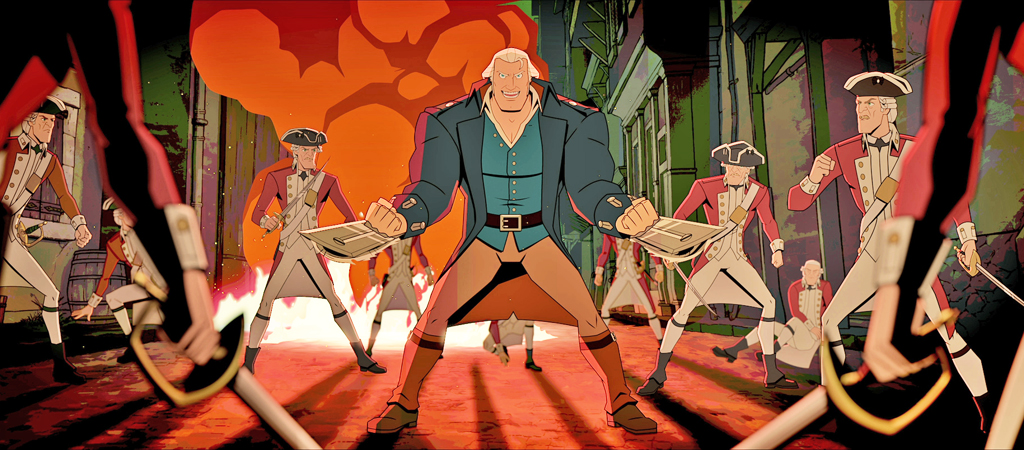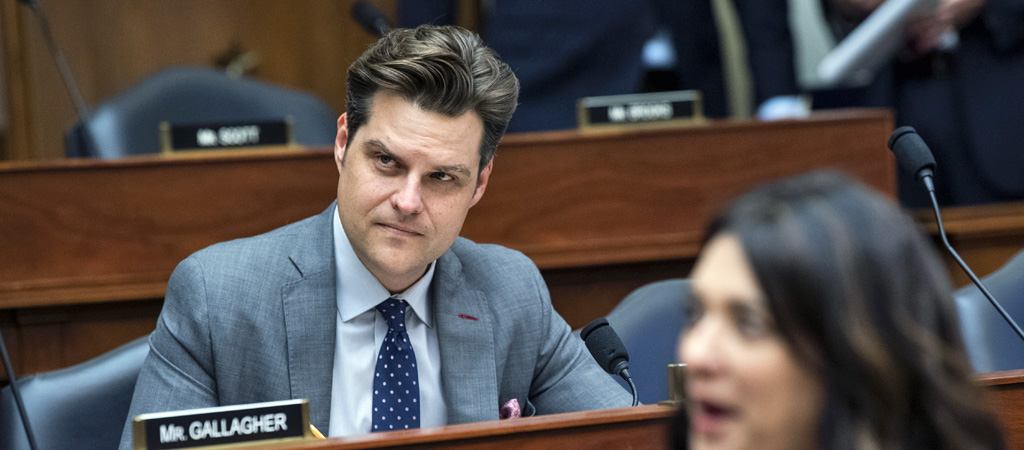
Before we get into the Texas Public Policy Foundation deleting its ridiculous CRT graphic, let’s be crystal clear about the fact that the state of Texas was quite literally founded on racism.
That’s not an opinion from modern critical race theory scholars, but a statement of fact—”undeniable truths”—straight from the mouth of Texas itself in 1861. Just take a moment and let these excerpts sink in:
“We hold as undeniable truths that the governments of the various States, and of the confederacy itself, were established exclusively by the white race, for themselves and their posterity; that the African race had no agency in their establishment; that they were rightfully held and regarded as an inferior and dependent race, and in that condition only could their existence in this country be rendered beneficial or tolerable.” — The state of Texas describing why it wanted to secede from the Union, 1861
Texas’s self-stated reasons for secession include the non-slaveholding states having “an unnatural feeling of hostility to these Southern States and their beneficent and patriarchal system of African slavery, proclaiming the debasing doctrine of equality of all men, irrespective of race or color—a doctrine at war with nature, in opposition to the experience of mankind, and in violation of the plainest revelations of Divine Law.”
Texas also explains, “That in this free government *all white men are and of right ought to be entitled to equal civil and political rights* [emphasis in the original]; that the servitude of the African race, as existing in these States, is mutually beneficial to both bond and free, and is abundantly authorized and justified by the experience of mankind, and the revealed will of the Almighty Creator, as recognized by all Christian nations…”
Oh, and there’s also this little tidbit: “She [Texas] was received as a commonwealth holding, maintaining and protecting the institution known as negro slavery—the servitude of the African to the white race within her limits—a relation that had existed from the first settlement of her wilderness by the white race, and which her people intended should exist in all future time.“
So to sum up, Texas stated in no uncertain terms that it 1) was founded for white people to be able to enslave Black people because that’s what God wanted, 2) that slavery was not a “necessary evil” but was actually good, 3) that racial equality was against nature and Divine law, and 4) that’s the way it was intended to be for all time.
But sure, let’s not talk about “oppressors” or “power structures” or “white supremacy” or “ethnocentricity” as we teach kids the history of our nation. It’s not like the primary source excerpts above reek of such ideas.
This morning, the Texas Public Policy Foundation shared—then deleted—a graphic with a list of terms they claim are indicative of critical race theory (CRT) being taught in children’s classrooms. Terms like those above, as well as “anti-racism,” “unconscious bias,” “identity,” “social constructs” and more, are apparently words parents need to “stay on the lookout for” as they hunt for clues that their children are being taught the full spectrum of history and racism in the U.S. (now distilled and demonized into a bogeyman known as CRT).
The Texas Public Policy Foundation’s stated mission is “to promote and defend liberty, personal responsibility, and free enterprise in Texas and the nation,” so of course it would advocate banning an entire academic field of study, including any words that liberty-loving lawmakers deem even slightly related to it.
It’s probably just a coincidence that the terminology listed here comes largely from the work of Black and Brown scholars specializing in the role of race in American history and society. Surely, this isn’t a mostly white power structure pushing the 95% white Texas Republican lawmakers to “cancel” anything that touches on how Texas’s objectively racist history might possibly impact people in the present. That would just be far too on-the-nose with what CRT explains.
Maybe that’s why they took the tweet down. Or maybe the backlash was just too much.
It is entirely possible for people to have legitimate criticism of and debates about critical race theory. But such debates take place in law school classrooms or other higher education settings among people who have actually studied it in-depth and actually know what they’re talking about, not between people who spend their days consuming 280-character hot takes and their evenings sucking down soundbites from cable television hosts.
What we’re seeing in current public discourse is not informed debate. What we’re seeing is a deliberate attempt to paint the racial reckoning that this country has long needed to go through as “dangerous” by highlighting and misrepresenting certain CRT concepts, lumping everything having to do with anti-racism under that umbrella, and convincing people that their children—think of the chilllldrennnnn—are being “indoctrinated” with it in schools.
The “Reefer Madness”-style hysteria over CRT would be hilarious if it weren’t so harmful to progress. We’ve just finally gotten around to teaching (some) true history when it comes to race. My generation didn’t learn about Juneteenth or the Tulsa Race Massacre. We didn’t read the Declaration of the Causes of Secession to see how blatantly some of those Southern states justified and defended the enslavement of Black people with unapologetic racism. And that’s just basic history.
Critical race theory is a method of understanding how that history, and the laws and policies that came along with it, have impacted racial groups differently. It explores the possibility that disparate outcomes along racial lines are due to systems and structures that serve to maintain the status quo rather than some inherent deficiency in certain races. To call CRT “racist” because it acknowledges and explores the effect of hundreds of years of white supremacist oppression (again, see Texas’s own words above as just one example), and because that exploration might make white people feel bad, is just silly.
(For a good synopsis of the current debates over CRT in education, what it is and what it isn’t, see this article from Education Week.)
It’s possible to learn about CRT fully and not agree with every part of it. It’s also possible to learn about CRT as a white person and say, “Yeah, that makes sense. Race is a social construct, but a powerful one. White people have held the power in this country since colonial times and often used racism to keep it. Over hundreds of years, through various power structures (government, courts, policymaking groups, educational systems, etc.), we enslaved Black people, murdered and displaced Native Americans, made laws against immigrants from certain ethnic groups, made laws against integration, made laws against interracial marriage, put Japanese citizens into concentration camps, etc. Surely, that history has had an impact on the present and there are surely residual negative effects that need to be remedied. It makes sense that different racial groups have different roles to play in that remedy, with white people bearing the greatest responsibility since we’ve always benefitted from that history and we still hold the most power.”
That’s my simplified version of what I understand CRT to be exploring. There’s nothing scary or dangerous in there that I can see. Some of it can be easily misconstrued by bad faith actors or people who plug their ears as soon as they hear the word “racism,” but reality is reality.
Figuring out the solutions to racial issues in the U.S. is obviously a complex endeavor. But we will get absolutely nowhere by canceling an entire academic field designed to explore those issues. And to rail against terminology that would make it impossible to accurately teach your own state’s history is quite telling.
Way to reinforce the very concept you’re attempting to attack, Texas Public Policy Foundation.











